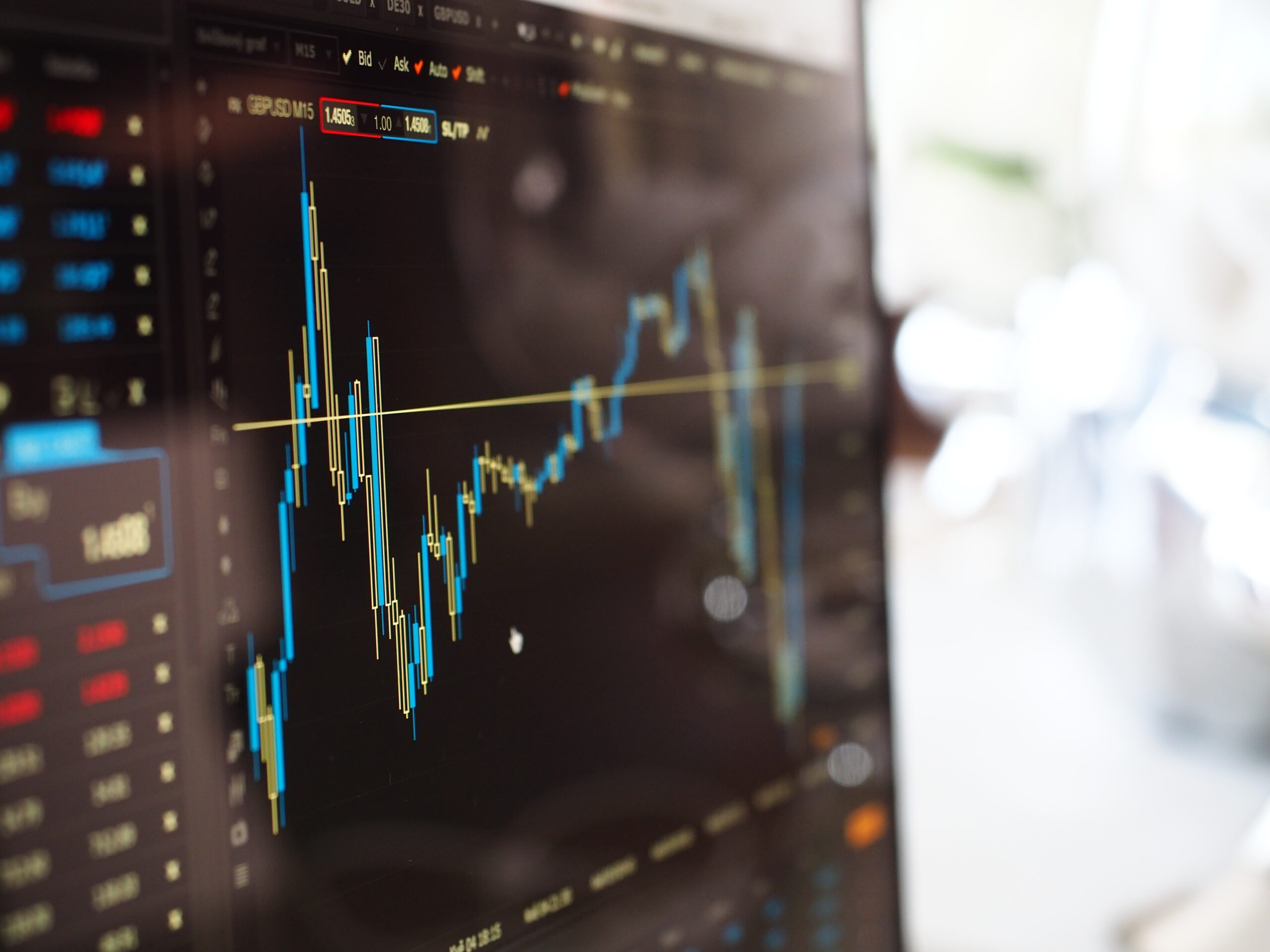Derivatives Market: What is It
The futures market is where contracts for the future are made. Also, there is no hurry here, which is another "false friend of the translator" that comes from the Russian language. In this case, we're only talking about contracts to buy and sell assets within a certain time frame (as...

The futures market is where contracts for the future are made. Also, there is no hurry here, which is another “false friend of the translator” that comes from the Russian language. In this case, we’re only talking about contracts to buy and sell assets within a certain time frame (as a rule, forwards, futures and options).
Derivatives Market Explained
Urgent currency transactions and contracts for forwards, futures, and options are completed according to the parties’ agreement on their supply and crediting to the counterparty’s account within more than two business days from the date of the transaction, but at the rate that was set when the contract was signed.
What is a derivatives market and what are its main features?
There are a few things that make buying and selling derivative financial instruments stand out. First, the contract is almost always a deal to buy or sell something, like stocks, currencies, or commodities. The asset that is being traded is called the underlying, and the contract itself is called a derivative. Almost always, the terms of performance are written in the contract. Because of this, the word “terms” is in both the name of the instrument and the name of the market as a whole.
Most contracts give the parties the chance to buy, sell, give, or receive goods or securities. In the beginning, derivatives usually give at least one of the parties the chance to sell their contract freely. This is one of the options for securities. The price of the derivative and how it changes are usually very close to the price of the underlying asset, but they don’t always match up exactly.
Most of the time, derivatives are bought not to get access to the underlying asset, but to protect against price or currency risks over time and make speculative profits from price changes in the underlying asset. In this situation, the final financial outcome for both parties can be both good and bad.
One thing that makes derivatives stand out is that the total number of liabilities under them has nothing to do with the total amount of the asset they are based on that is in circulation on the market. Not everyone who sells a derivative also owns the underlying asset. For example, the total number of CFD contracts for a company’s shares may be several times higher than the number of shares that have been issued. When buying and selling CFD contracts, buyers and sellers don’t initially care about how many real shares are available. Instead, they only care about how much the prices of these real shares change during the time period specified in the contract.
Different countries’ laws may decide in different ways whether or not certain derivative financial instruments are their own securities.
Main Advantages of Derivatives Market
When starting out in the financial markets, a professional investor always tries to get the most out of the money they put in. The worldwide exchange market is too volatile and affected by too many factors, and the commodity market has its own complicated rules (for example, a pronounced seasonality of demand for many assets). So, it seems like the best place to invest is in the derivatives market, where the number of trades goes up by several times every year and the profits are better than anyone could have imagined.
What’s different about the derivatives market from the stock market?
The differences between the derivatives market and the stock market are very big because of how different derivatives are from “classic” securities.
Steps to get in
On the stock market, it depends on the size of the lot, but on the derivatives market, it only depends on the collateral for the futures or the option premium. In any case, these costs can’t be more than 5–20% of the value of the asset underlying the contract. So, you can start trading on this website with a lot less money than you would need to start trading “real” securities.
Pricing
On the stock market, there is a free pricing system for assets. Quotes only show how much supply and demand are in balance.
On the derivatives market, the prices of assets and contracts depend on the following:
- Current prices of the asset that is underlying;
- Free rate of interest for the length of the contract;
- The amount of payments made on the underlying asset, such as dividends on stocks or storage costs for commodities.
In addition to these things, the price of a contract may also take into account other things. So, it also depends on how volatile the underlying instrument is when it comes to options.
